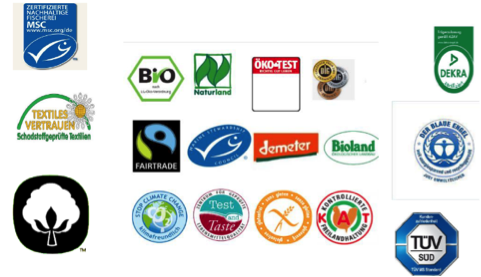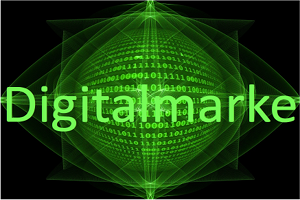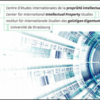New digital trademark forms: Trademark Law Modernization Act (MaMoG)
With the Trademark Law Modernization Act on January 14, 2019, Germany largely implemented the requirements of the European Trademark Law Directive 2015/2436, which is considered to be one of the most extensive changes in trademark law to date.
In particular, the modification of the prerequisites for trademark suitability has great implications in practice: If up to now the requirement of graphic representability applied, Section 8 (1) of the Trademark Act has now been adapted to the modern circumstances so that “the subject of protection can be clearly and unambiguously determined” have to be. For trademark applications, this means that other common data media types and formats are now accepted for filing – these are listed on the DPMA website.
As a result, new forms of trademarks are expressly named in terms of terminology (cf. §6 ff MarkenV). The newly created display options are particularly useful for sound and multimedia brands:
 Sound mark (Example): If the acoustic sign cannot be represented by the usual notation, it is now possible to clearly define and submit this in a sound file. Noises, such as a special noise from the animal world or an individually designed advertising jingle that includes the noise when eating chips, for example, should now be protectable.
Sound mark (Example): If the acoustic sign cannot be represented by the usual notation, it is now possible to clearly define and submit this in a sound file. Noises, such as a special noise from the animal world or an individually designed advertising jingle that includes the noise when eating chips, for example, should now be protectable.
 Multimedia mark (Example): Analogous to the sound mark, this mark form, consisting of a combination of image / film and sound elements, can now also be displayed and submitted as a multimedia file.
Multimedia mark (Example): Analogous to the sound mark, this mark form, consisting of a combination of image / film and sound elements, can now also be displayed and submitted as a multimedia file.

To what extent, on the other hand, olfactory or tactile signs can be represented sufficiently clearly and unambiguously, however, must certainly still be shown in practice, but in principle trademark protection is also applicable here. The “certification mark” was newly introduced as a further form of trademark. In contrast to other brands, the focus here is not on the origin, but on the guarantee function. The brand owner must be neutral, may not offer the goods or services certified by him at the same time and must disclose the associated product and quality properties as well as the conditions of use in a brand statute.
It will be interesting to see how the newly created degrees of freedom in the Trademark Act are used in practice – a keen interest on the part of the legal profession can at least be stated: the nationwide roadshow of the DPMA, which started on March 11, 2019 in Munich, was within a very short time booked up.



